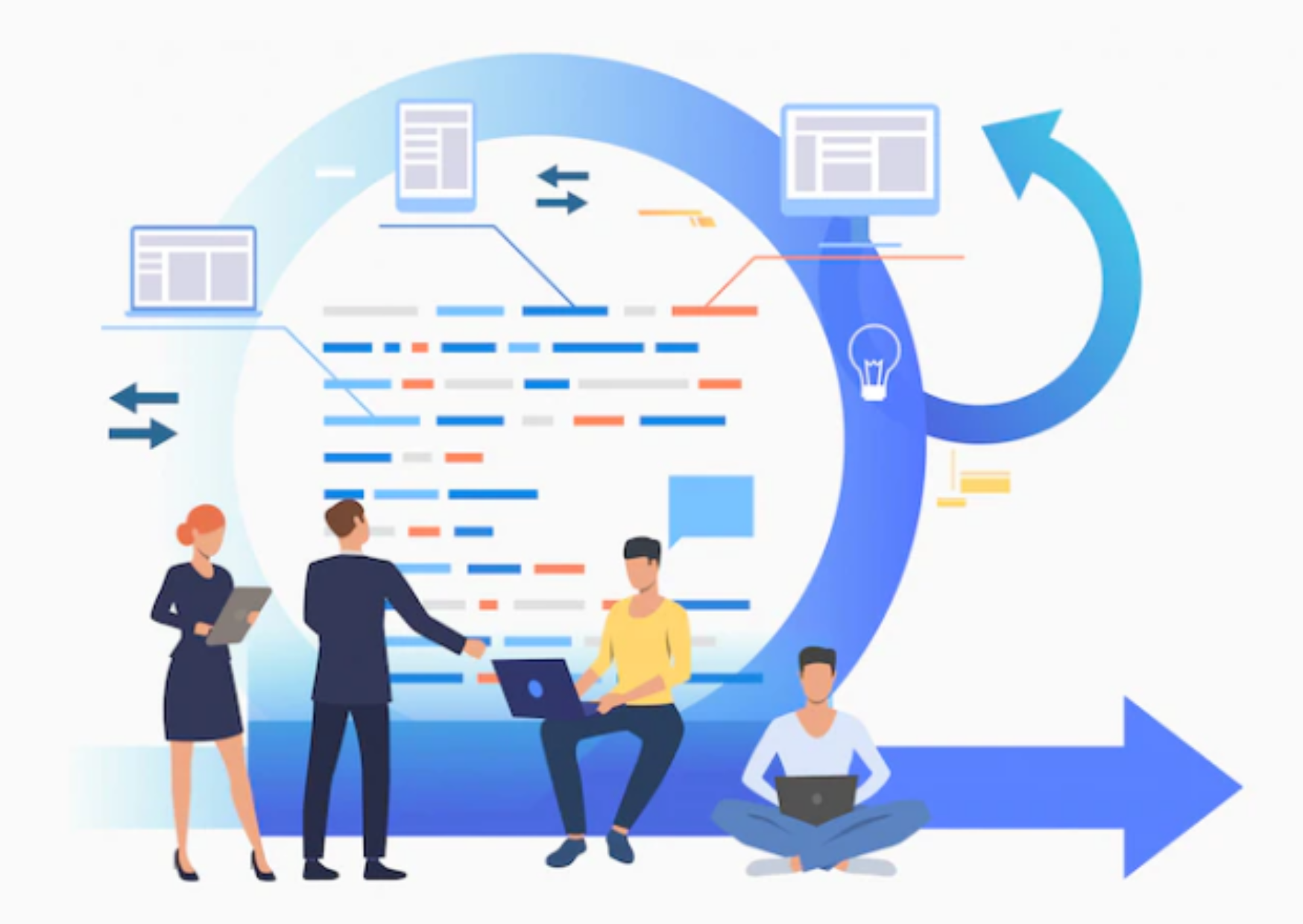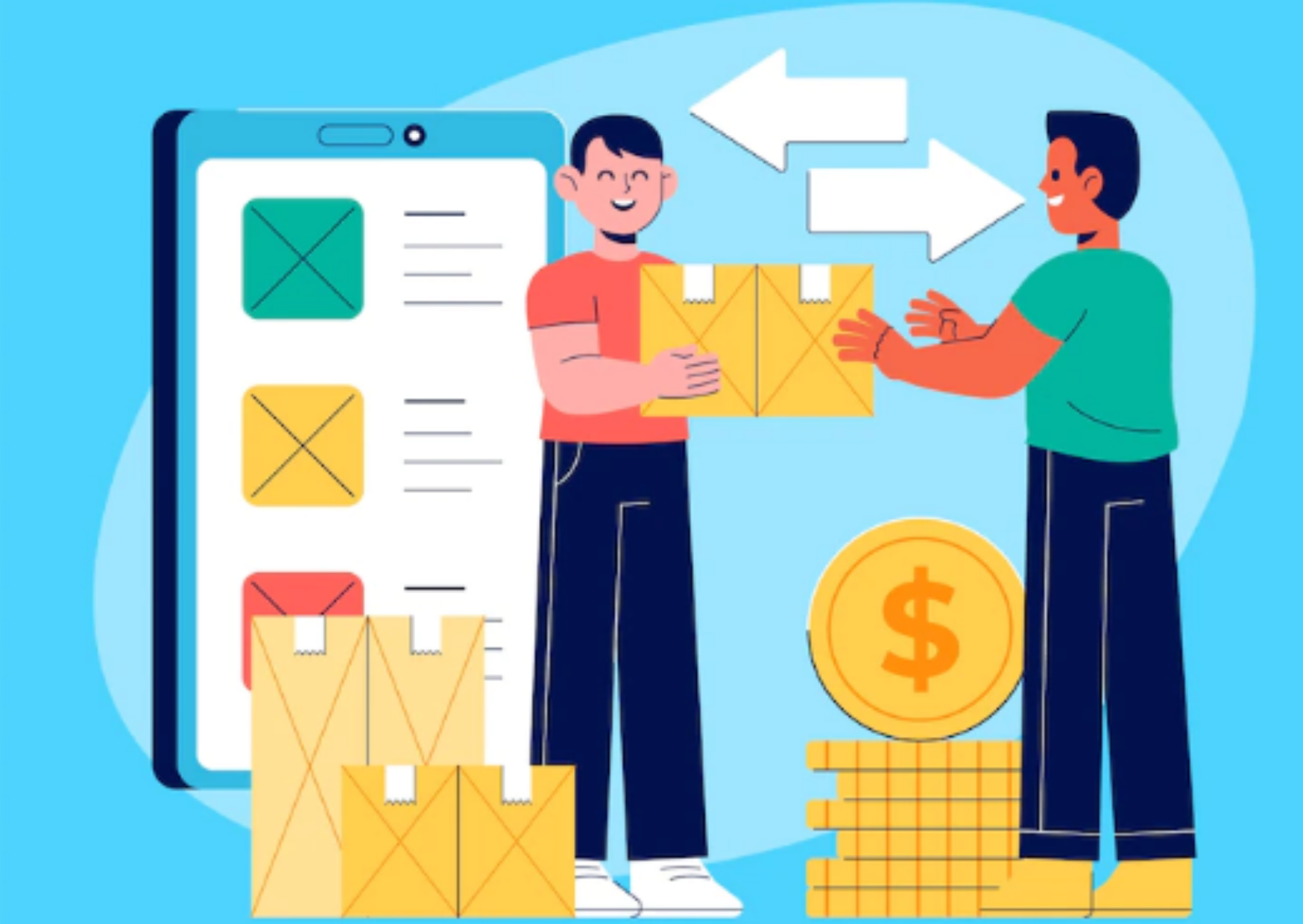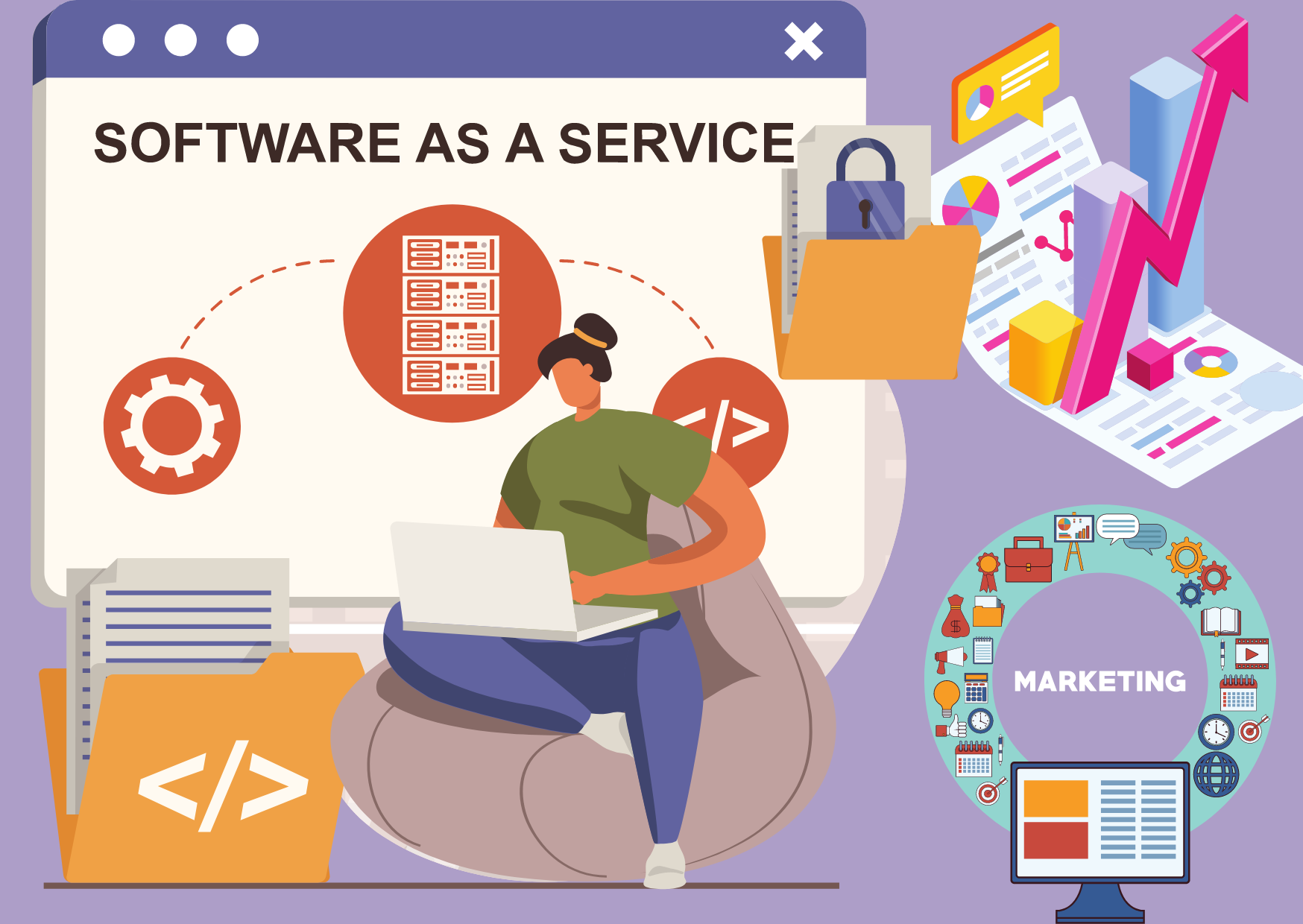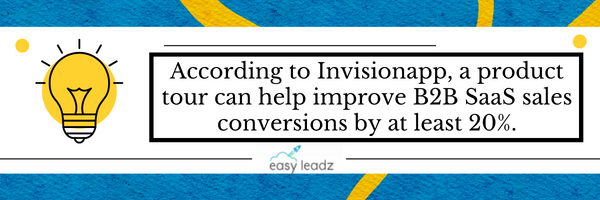The Ultimate Guide To B2B SaaS Marketing Strategy
As a business owner, whether you’re in the early stages of product development or are already scaling your company, you know that marketing is essential to success. But what does that mean for B2B SaaS businesses? How do you create an effective B2B SaaS marketing strategy, and which tactics can help you grow your business?
To answer those questions, we’ve put together an ultimate guide to B2B SaaS Marketing. In this guide, you’ll learn everything from the basics to how to create a strategy for it. Plus, we’ll share tried-and-true strategies that have helped the businesses in the industry achieve scalable growth.
What Is B2B SaaS Marketing?
SaaS is an acronym for “software as a service”. It basically means that B2B companies offer their software products and services to customers through online subscriptions.
B2B SaaS marketing is the promotion of software based on subscriptions. In order to be successful, B2B SaaS marketers need to focus on bringing their products to the right audience at the right time. They also need to emphasize how their product brings value to the customer.
For example, if you have an e-commerce platform, your goal might be to get new customers signed up for your monthly plans as soon as possible. The key is to create a plan that aligns with your company’s goals and targets the right audience. And remember: always emphasize how your product benefits your customers in order to make them more likely to subscribe!
How To Create An Effective B2B SaaS Marketing Strategy?
By following these points, you can create a successful B2B SaaS Marketing Strategy that will support your business growth.
Set Goals For Your B2B SaaS Marketing Strategy
Without a specific goal in mind, your SaaS marketing strategy will be aimless and ineffective. Setting goals for your B2B marketing strategy is essential if you want to achieve success. By setting clear objectives, you can measure progress along the way and make adjustments as needed.
Goals should be tailored specifically for your business, taking into account the unique challenges and opportunities that exist within it. You can set SMART (Specific, Measurable, Attainable, Relevant, and Timed) goals for your strategy.
Make A Budget
B2B SaaS marketing is a complex and time-consuming process. You need to think about how much money you can realistically allocate to your campaigns and strategies in order to be successful.
To get started, make a budget for each campaign or strategy by estimating how much it will cost (in terms of both manpower and resources) to execute successfully. This way, you won’t waste time thinking of strategies that can’t be implemented successfully because they don’t have enough funds allocated.
Next, break down those budgets by category so that you know exactly where your money is going. For example, if one campaign costs $5,000 but only requires 2 hours of work per week for five weeks, then divide the total amount ($10,000) among all 5 weeks.
Finally, track results regularly so that you can adjust your budgets as needed based on actual performance data rather than relying on assumptions or estimates.
Formulate Marketing Tactics
There are a few things you need to do before you can start designing your B2B SaaS marketing strategy:
(1) Understand who your audience is and what their needs are.
(2) Determine how frequently they interact with your product (e.g., monthly active users).
(3) Analyze customer feedback to understand what features or functions are most popular among them (and why).
(4) Use this information to develop targeted content that meets the needs of your target audience while also driving engagement rates high enough for conversion optimization purposes.
(5) Also re-evaluate your current marketing strategies before formulating new ones. In this way, you can figure out which ones are not working and what has actually worked for you.
B2B SaaS Marketing Channels To Use
You can use various channels and platforms for SaaS marketing. The most beneficial channels are:
- Search Engines (Google Ads)
- Linkedin
- Quora
- Twitter
- Instagram
- Facebook
Proven B2B SaaS Marketing Strategies To Grow Your Business
You must try these proven B2B marketing strategies for SaaS to scale up your business.
Quality Content
Quality content is the cornerstone of any successful marketing strategy. It will naturally boost your brand image and help you build trust with potential customers. Content in the form of blogs, social media posts, case studies, e-books, whitepapers, podcasts, etc., allows your brand to reach your targeted audience.
In addition, by providing valuable information in an easy-to-read format, you can help prospects make informed decisions about whether or not to invest in your product or service.
Also, ensure that your content is distributed across all the right channels to reach as many people as possible.
Similarly, EasyLeadz shares insightful content for its users. For example, you can find informative guides and articles to understand how to generate leads for various types of businesses.
Social Media Presence
A social media presence is essential for any business, but it’s especially important for SaaS brands.
It is an effective way these days to connect with your customers or prospects on a personal level and build a loyal relationship. Consistent interaction with your audience will have a long-lasting impression than any paid campaign.
But how do you go about creating a strong social media presence? There are several steps that can be taken to achieve success:
1) Choose your platform wisely: Don’t just jump onto any of the popular platforms without doing your research first; make sure that the platform is right for your brand and what type of content will work best for promoting your products or services.
2) Be consistent: Make sure that all of your posts are relevant to your industry and target audience; if not, people will quickly lose interest in following you online.
Promote Testimonials on major places
Customer testimonials are one of the most powerful tools you have when marketing your B2B SaaS products. They can help build trust and credibility with customers, which in turn helps promote sales and increase customer loyalty.
There are a few places where you should prominently display customer testimonials: on your website, product pages, pricing pages, blog posts about your product or service, social media profiles (including LinkedIn), and any other relevant locations where potential customers might see them. You can also include testimonials as part of email content to encourage leads to try out your product or sign up for a trial.
Make sure that all of your customer testimonials are from satisfied users who have actually used the features of your product or signed up for a trial. This will help ensure that prospective buyers know what to expect before they make a decision to buy.
Come up with a Referral Program
Referral programs are one of the most effective ways to acquire more leads and boost your sign-ups. They usually work as people prefer to buy something when recommended by those they trust.
Keep a variety of Pricing Plans
Pricing plans are one of the most important aspects, especially for a SaaS business. They allow customers to choose the one they see fit and can afford, letting you know that you are aware of their limitations and needs. More often, customers are not satisfied with the pricing and may ask for personalized plans.
Make SEO a priority
With SEO, you can increase brand visibility and traffic to your site from potential customers who are looking for products or services that match your business’s keywords. It is the practice of optimizing your website for high-traffic search engines like Google. An effective SEO focuses on generating organic leads to your website without the help of Google ads.
Use SaaS-centric review Portals
There are several SaaS-centric review portals that focus exclusively on providing objective and impartial reviews of products from different industries and companies. These sites allow users to check out your company and see other user reviews.
Some popular examples of these types of review portals include G2, Product Hunt, Capterra, Crows Reviews, Clutch, and Software Suggest. These platforms are really essential for leads, specifically, in the case of SaaS businesses.
Improve Call-to-Action
The only purpose of creating quality content is to generate more organic leads and this will be possible if you give them an action to engage with your content. That’s why it is important to place call-to-action buttons at the end of every content. This will help close the sale and convert leads into customers.
Offer Product Tours
Product tours are a great way to show your customers how the tools you provide can be used. If they make the most out of the tools you offer, they will be more likely to convert and recommend your product to others.
In fact, SaaS customer acquisition and retention are directly related to the product’s value. You should give the product tour when users sign up.
Make It Easy To Book Demos
One of the best ways to convert content leads into marketing qualified leads is by making it easy for them to book a demo with your team. This can be done by reducing the number of form fields and including a social proof for customers on your landing page.
For example, EasyLeadz makes it more user-friendly for prospects to book a demo whenever it suits their calendar.
We hope the information offered here will be beneficial for you. Happy Reading!
B2b Marketing
B2b Sales
Easyleadz
SaaS
SaaS Marketing
SaaS Product




